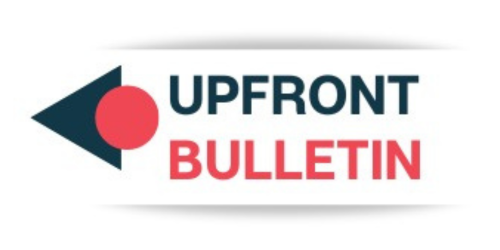
Despite the market’s growth, deal sizes in India, and Asia more broadly, still pale in comparison to more established private credit markets in the US and Europe.
| Photo Credit:
Andrii Yalanskyi
The market is warming to large private credit deals in India, where local borrowers are typically less levered than their peers in the rest of Asia, according to Indranil Ghosh, managing director and head of pan-Asia special situations at Cerberus Capital Management.
Cerberus, which has $65 billion under management globally, was among the anchor investors in Shapoorji Pallonji Group’s $3.4 billion financing, the country’s largest private credit deal to date. While deals of that scale are still a rarity, growing capital needs and relatively low leverage are building lenders’ confidence in financing larger Indian deals, Ghosh said.
Deals this year are already picking up. KKR Inc. inked its largest ever credit investment in India with a $600 million financing for conglomerate Manipal Group. And Indian clean energy producer Greenko Energy Holdings signed a $650 million private credit deal to buy back a stake in the company.
Even three years ago, seeing multiple Indian deals larger than $100 million would’ve been unthinkable, Ghosh said. “We expect this trend to continue as Indian companies have significant capital needs,” said Ghosh.
A major draw for global investors like Cerberus has been Indian companies’ balance sheets. On average the loan-to-value ratio among Indian private credit borrowers, which measures the size of a financing against its collateral, is about 40 per cent, Ghosh said. “In the rest of Asia, and even in developed markets, the gauge would be over 60 per cent,” he added.
Lower ratios give investors confidence they’ll be repaid if borrowers are required to sell assets. Shapoorji’s deal, for instance, closed at a loan-to-value ratio of about 16 per cent, one of the key factors that attracted global lenders like Ares Management Corp and Farallon Capital Management.
Despite the market’s growth, deal sizes in India, and Asia more broadly, still pale in comparison to more established private credit markets in the US and Europe. The region only accounts for about 7 per cent of the global market, according to a March PwC report, and lenders still tend to focus on smaller, higher-yielding or distressed deals.
A rush of new local private credit funds setting up shop in India see this as an opportunity. Motilal Oswal Financial Services is opening its first private credit fund, and Kotak Alternate Asset Managers Ltd. has plans to raise as much as $2 billion, targeting returns between 18 per cent and 20 per cent.
Even the government is piling in — with India’s quasi-sovereign fund, the National Investment & Infrastructure Fund, planning to raise as much as $2 billion in its latest private credit fund, backed by global investors including the Abu Dhabi Investment Authority.
The Trump administration’s tariffs could also be a tailwind for India, as several asset allocators are “increasingly exploring ways to diversify” into other parts of the global economy, said Ghosh.
Ghosh said he could see some asset quality issues for small- and mid-sized corporates with cyclical businesses or governance issues, but he does not anticipate any imminent large-scale defaults in Indian private credit. That’s because most of the larger deals are backed by high-quality sponsors with strong assets and access to multiple sources of liquidity, he said.
“Indian large and mid-sized companies have significantly raised their governance standards when compared to 10 years ago,” he said.
But when deals do go south, the avenues for resolution in India can be a deterrent to global capital. India technically limits corporate insolvency proceedings to 330 days, but the courts and lenders have grappled with perennial delays.
Improving those mechanisms is a requirement for many global investors still on the sidelines, who “dislike lingering debt resolution processes,” Ghosh said.
More stories like this are available on bloomberg.com
More Like This
Published on July 3, 2025



